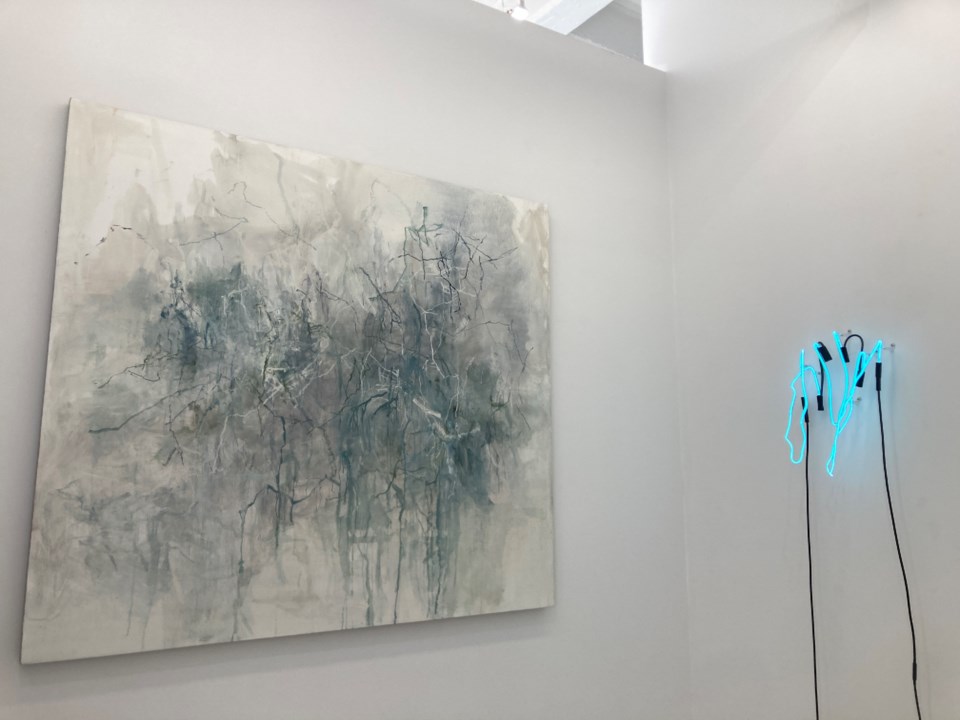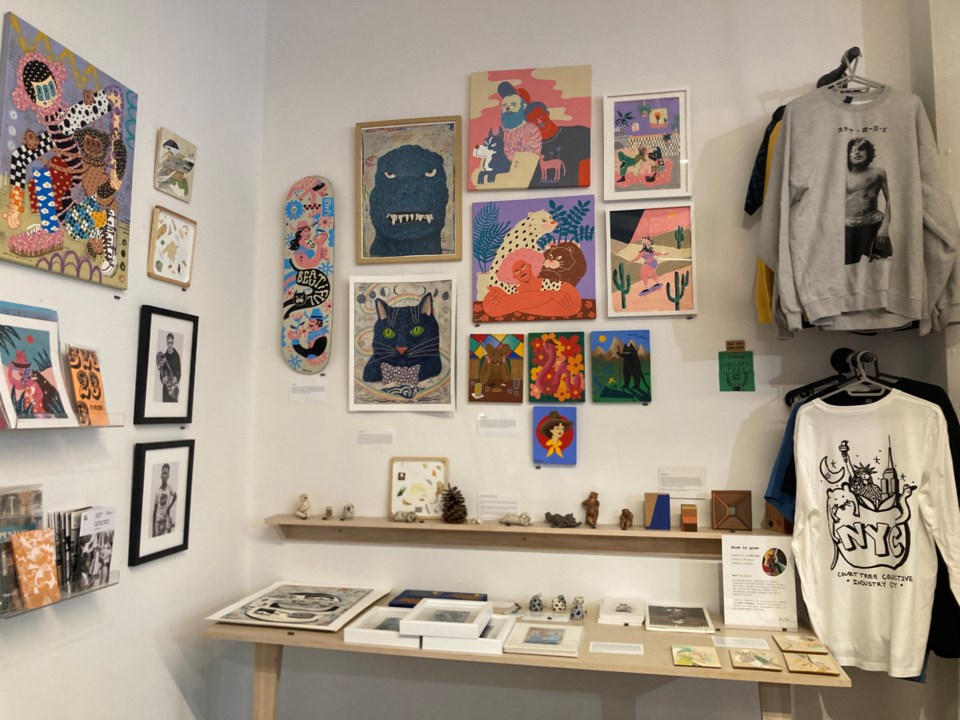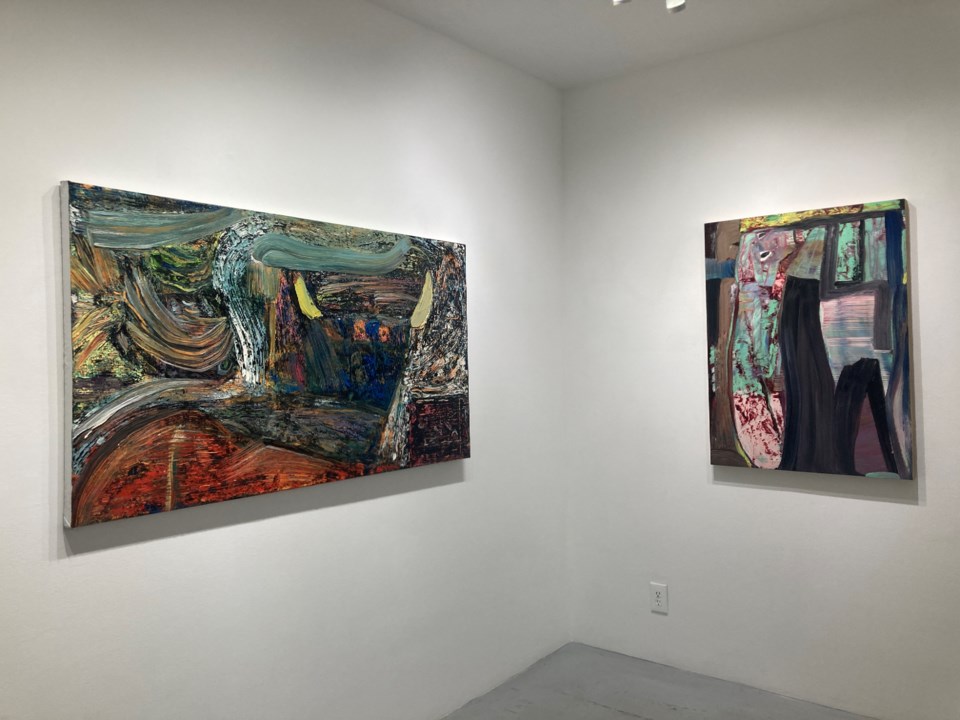In Brooklyn, greats like Jay-Z and Spike Lee define the music and film scenes. They’re iconic for their provocative storytelling and ingenuity.
But what about the visual artists in Brooklyn? What defines them?
BK Reader talked to five gallery curators to discover what defines the Brooklyn artist today.
First of all, like the rest of New York City, Brooklyn benefits from its unique diversity of cultural backgrounds, four of the five gallerists told BK Reader.
“It’s a melting pot of cultures. It’s like a country on its own,” said Jim Edwards, owner of 490 Atlantic gallery in Boerum Hills, when asked about what, in particular, constitutes Brooklyn's appeal as a major art center.
As Cecilia Jalboukh, the owner of Sunset Park’s Yi Gallery, puts it, Brooklyn artists regularly foster dialogue around personal histories and identity.
Some artists represented by Yi Gallery split their time between Brooklyn and their home countries, allowing them to import visual influences from all over the world that resonate with Brooklyn’s immigrant communities.
“This is a conversation between cultures,” Jalboukh said.

Edwards also said the borough’s gentrification has impacted the Brooklyn art scene. Edwards opened the gallery in 2010 and said the cultural and economic landscape has drastically changed.
“People I went to college with preferred moving to New Jersey — now it’s different,” said Edwards.
Due to rising rents, Brooklyn became a natural destination for many New York galleries driven out of places like SoHo or Chelsea. One of them was A.I.R. Gallery which opened on Plymouth Street in DUMBO in 2015.
“A.I.R. Gallery was founded in SoHo as part of the alternative space movement. Its original building was on Wooster Street, a block away from The Kitchen and from all those now legendary Downtown art organizations,” said Elizabeth Wiet, director of exhibitions and fellowship at A.I.R. Gallery. “But we have since moved to Brooklyn. And so, I think the movement of A.I.R. mirrors the movements of art communities.”
Given the diversity of artists represented, Brooklyn galleries inevitably become venues for all sorts of statements. Jalboukh said her gallery is not trying to be political, but it cannot prevent artists from speaking out through their work.
However, JJ Manford, one of the curators of Underdonk Gallery in Bushwick, doesn’t think that Brooklyn artists have any discernible ethos or overarching issues of concern.
“Certainly, it has not been an easy moment in world history, but I see artists responding to global crisis and concerns in poetic ways, not necessarily overt, political banners & megaphones,” said Manford in an email to BK Reader.

Manford said that, compared to the rest of New York City, "there is a more relaxed feeling of being able to take risks and having lower stakes” in Brooklyn, which leads to more daring work.
Regarding the form of art itself, Manford said he has seen a lot of ceramic work in recent years, as well as a lot more work combining alternative craft processes, such as weaving, metal casting and collaging.
The variety of materials in the five galleries polled is quite evident. If the content is not always apparent in contemporary works, the form first catches the eye. Court Tree Collective in Sunset Park is full of various forms — collages, photographs and installations.
When BK Reader asked Court Tree Curator Stephen Lipuma about the styles his favorite Brooklyn-based artists work in, he replied: “Everything! They work with everything.”
Among other defining characteristics, most of the gallerists emphasized the support and sense of community between artists.
“There’s just so much energy in Brooklyn. I think it plays a really big role for artists. You’re also meeting people all over the world. If you’re an artist, your inspiration comes from just walking on a street. It’s a very inspiring place,” said Lipuma.




